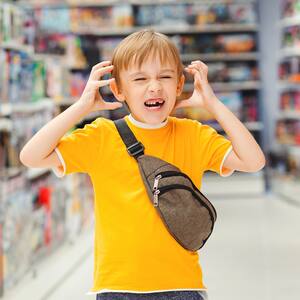Children can have big emotions and sometimes struggle to process them. Here’s what it means for a child to be ‘dysregulated’. Welcome aboard the roller coaster of parenthood, where emotions run wild, tantrums reign supreme and love flows deep.
As children reach toddlerhood and beyond, parents adapt to manage their child’s big emotions and meltdowns. Parenting terminology has adapted too, with more parents describing their child as “dysregulated”. But what does this actually mean? More than an emotion Emotional dysregulation refers to challenges a child faces in recognising and expressing emotions and managing emotional reactions in social settings.

This may involve either suppressing emotions or displaying exaggerated and intense emotional responses that get in the way of the child doing what they want or need to do. “Dysregulation” is more than just feeling an emotion. An emotion is a signal or cue, that can give us important insights into ourselves and our preferences, desires and goals.
An emotionally dysregulated brain is overwhelmed and overloaded (often, with distressing emotions like frustration, disappointment and fear) and is ready to fight, flight or freeze. Developing emotional regulation Emotion regulation is a skill that develops across childhood and is influenced by factors such as the child’s temperament and the emotional environment in which they are raised . In the stage of emotional development where emotion regulation is a primary goal (ar.
















